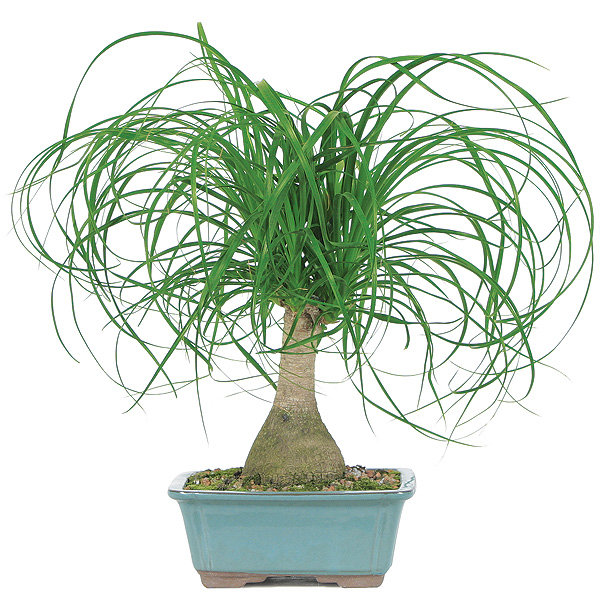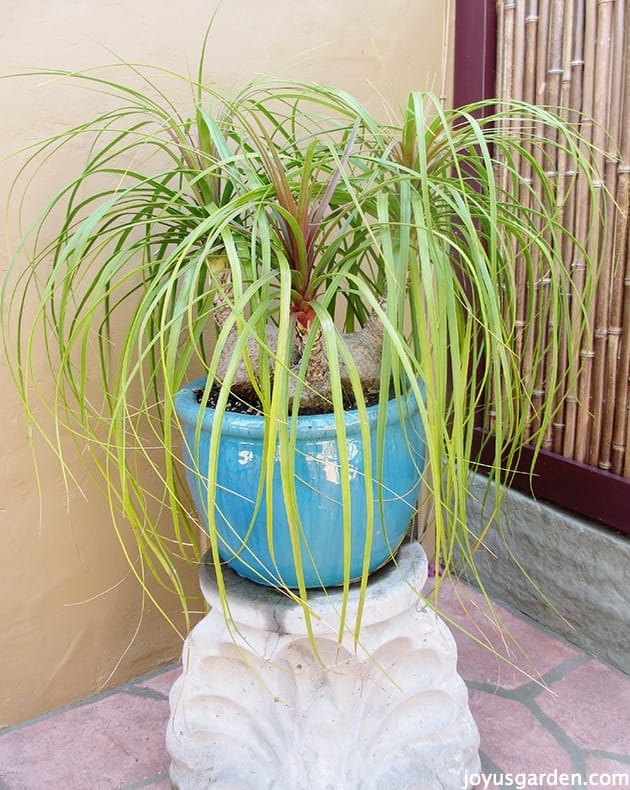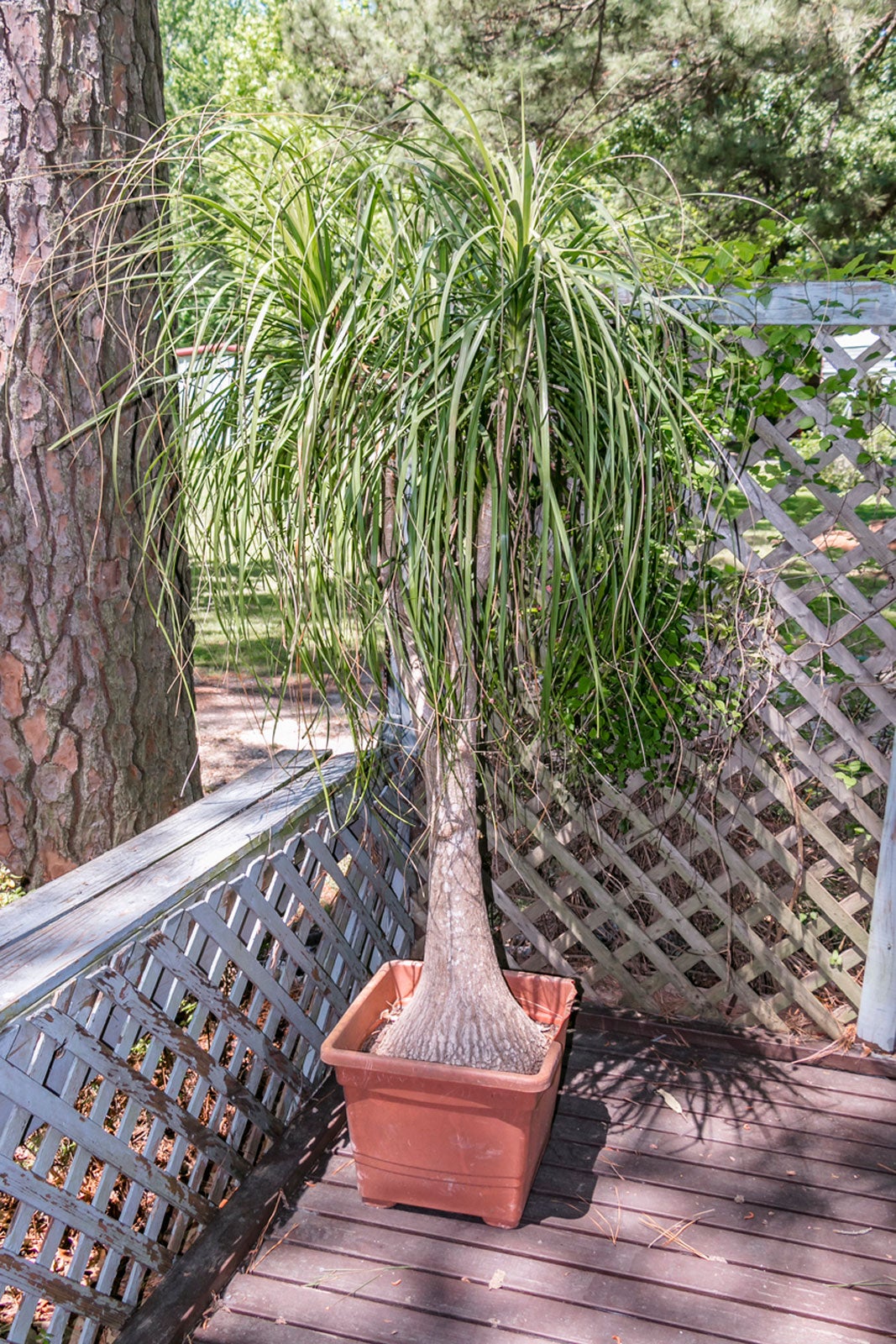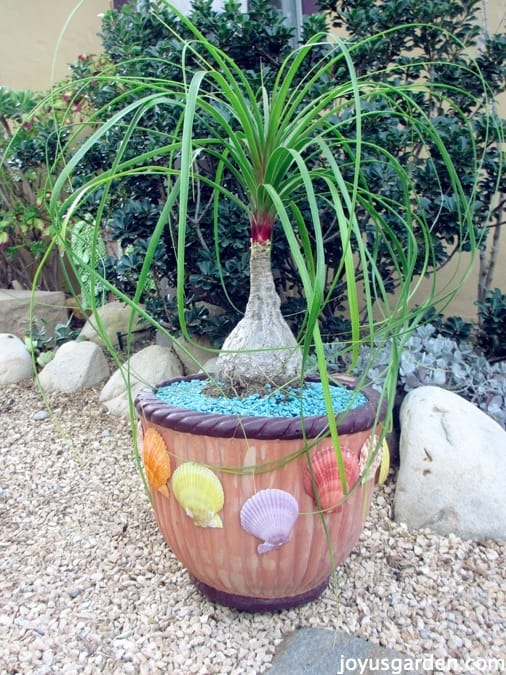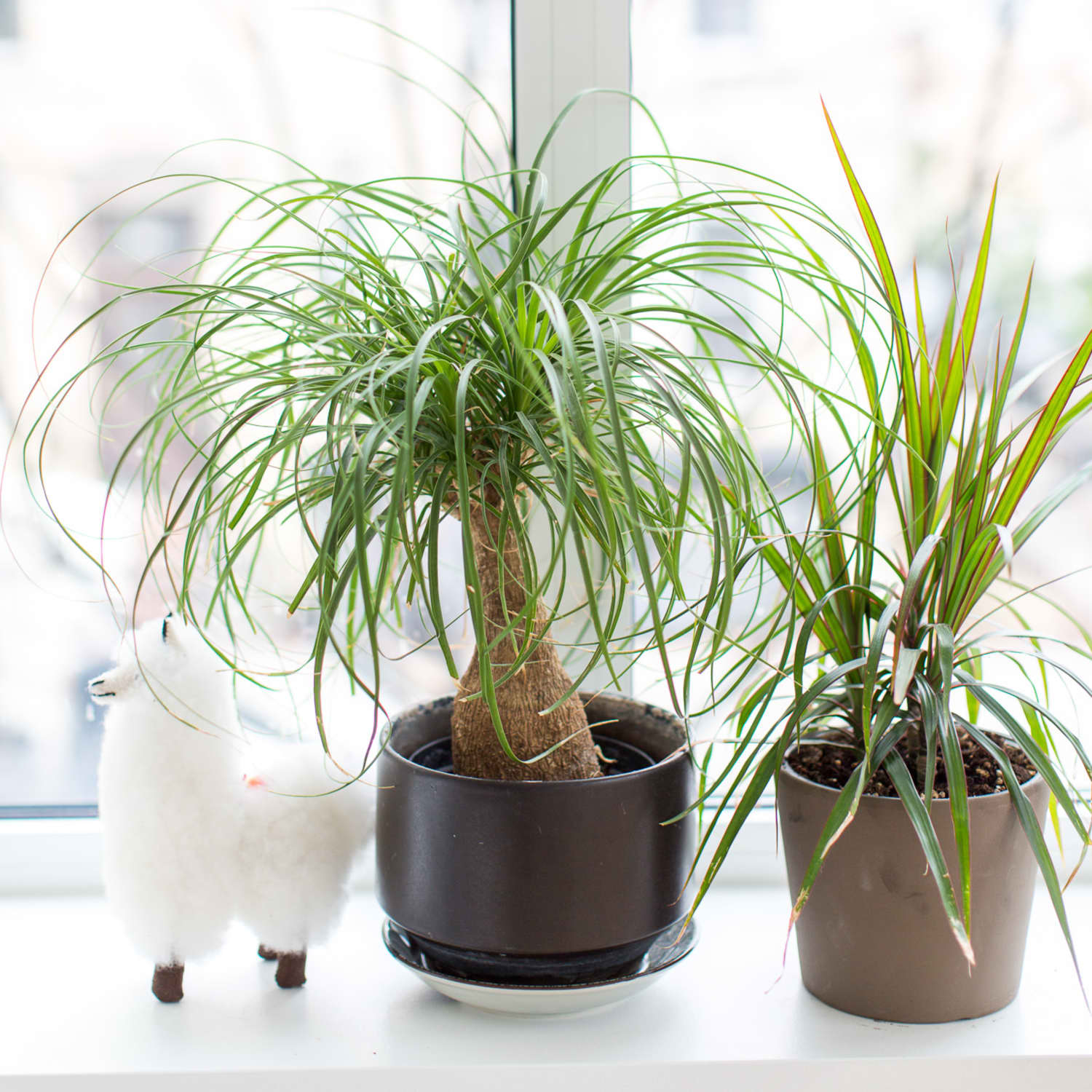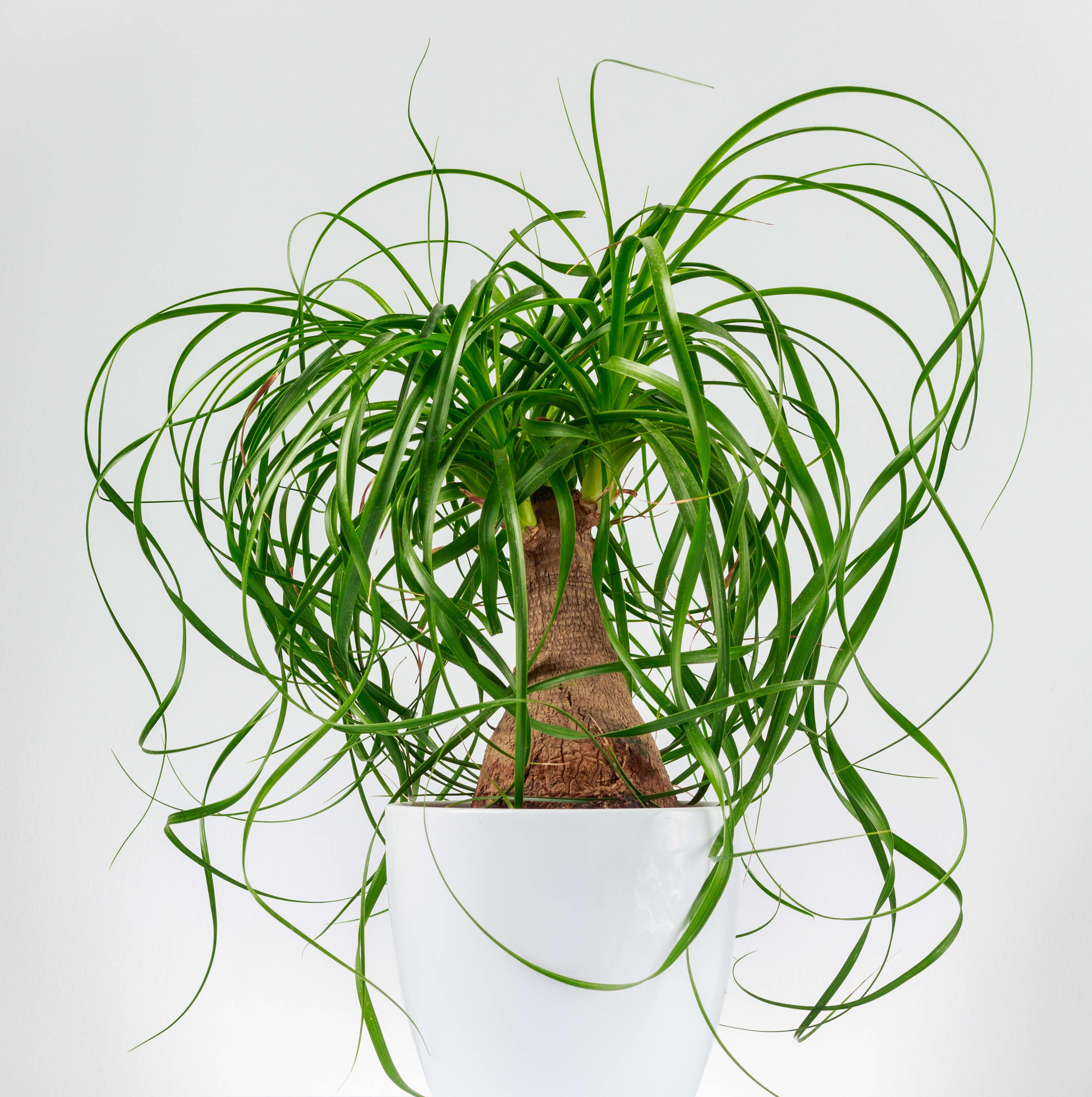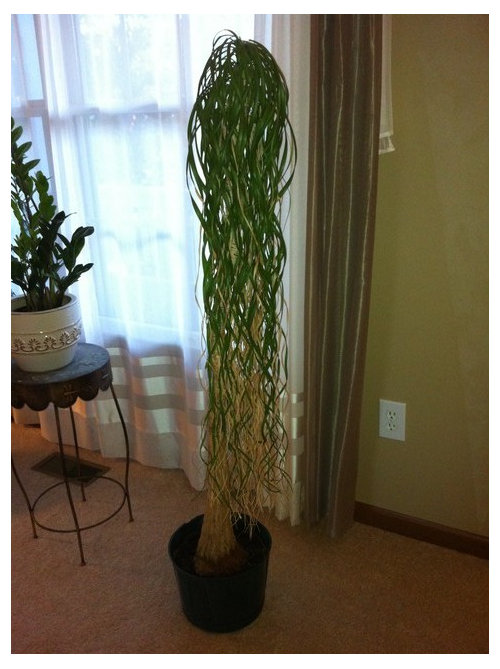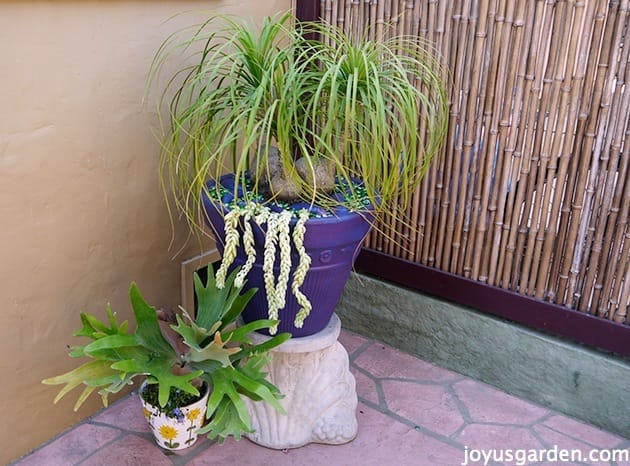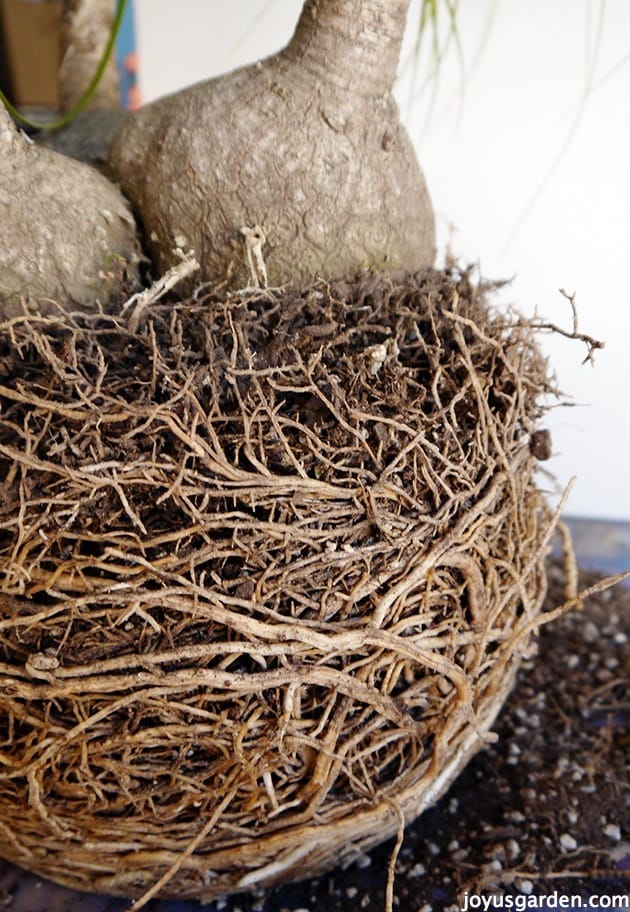Ponytail Palm Pot Type
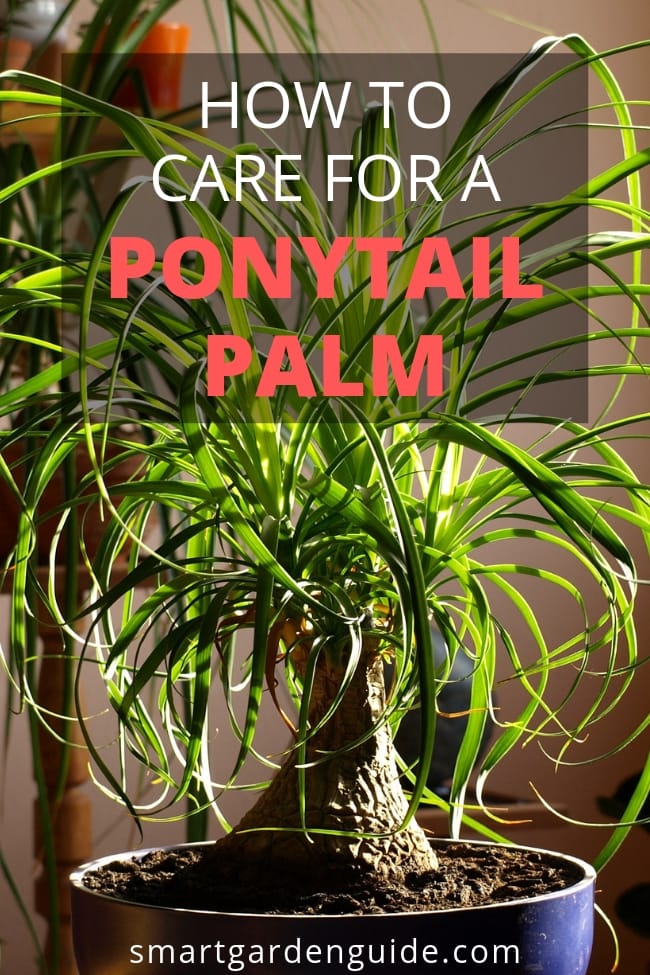
Its rich strong tropical green leaves fall like tendrils with so much movement and style bringing upbeat personality and effortless confidence to every space.
Ponytail palm pot type. It has a appearance that. The tallest i ve seen was 15 feet and the bulbs were huge. It reminds her of her own pony tail pulled tight atop her head with long locs of healthy curls. A clay pot would be ideal for this plant as it will absorb some water from the soil allowing the soil to dry out more quickly in between waterings though this is not essential.
Ponytail palms like to be a little crowded in their containers so select a pot that is no more than 2 inches wider all around than the base of the plant. Ponytail palms grow slowly but need pots large enough to hold their bulbous bases. Ponytail palms do not like to have their roots disturbed. Gently tease the roots to loosen the root ball then put the plant in the pot so that the place where the bottom of the stem and top of the root ball.
If you repot them into a larger pot they can get too much water at once which can damage their growth and health. Those bulbs store water so as the plant grows. You need to be a muscle man or woman to lift a large ponytail. Ponytail palms only need to be fertilized two or three times per year.
They much prefer to be kept potbound so the soil dries out more frequently. The ponytail palm plant is kandice s all time favorite indoor plant. Fill the container 1 3 of the way with miracle gro cactus palm citrus potting mix which will provide the plant with the excellent drainage it needs. A small ponytail palm looks great on tabletops.
Indoors the leaves can get up to 3 feet long but outdoors they may be double that length. Grow your ponytail palm in a pot with drainage holes to allow water to drain out and prevent the roots of the plants sitting in soggy conditions. The typical ponytail palm consists of a large domed stump which tapers off into a thinner stem. That is why they are best kept in pots that are just slightly wider than the base bulb and also very shallow.
Because ponytail palm care requires dry soil it is best to let them get root bound before repotting and when you do repot them use a pot that is only an inch or two 2 5 to 5 cm wider than the previous pot. Can t you tell why. Locate a pot only 1 to 2 inches larger than the current pot and that has a drainage hole in the bottom. Transplant a ponytail palm when the plant is actively growing in spring.
